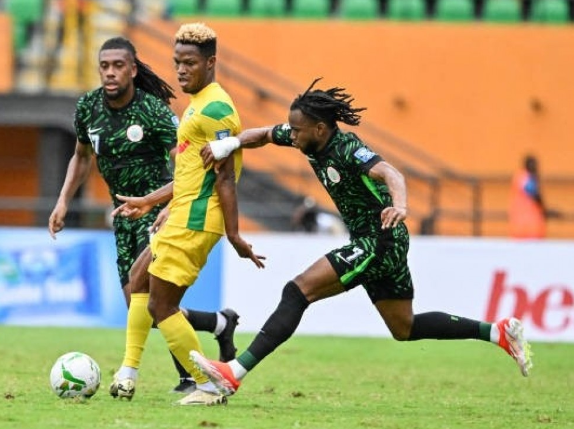
in the new season
China Super League (soccer league)
While the league's fixtures are yet to be clarified, the working soccer leagues in South Korea and Japan are already at a white-hot stage. As
World Cup
The regulars, Japan and South Korea, have long laid out a number of international warm-up matches for the next cycle, which will undoubtedly be the envy of domestic fans and soccer practitioners.
On May 4, the Korean Football Association officially announced that the South Korean national team will play four international warm-up matches at home in June against Brazil, Chile and Paraguay on June 2, 6 and 10, with the final opponent yet to be determined.
Similarly, the Japan Football Association (JFA) has announced that it will play four international matches during the same period. According to official information released at the end of April, Japan will play Paraguay and Brazil on June 2nd and 6th. In addition, the JFA plans to host a 4-nation Kirin Cup Invitational Tournament from June 10-14, inviting Chile, Tunisia and Ghana. The tournament will be a single-round knockout system, and Japan will play two of those teams on June 10th and 14th.
The soccer associations of Japan and South Korea actually have a deeper meaning for such an arrangement. The 2022 season calendar released by the World Football Federation (WFF) shows that from the end of the 12-team tournament to the Qatar
World Cup
There are only two cycles of international match days between the start of the final phase. The first cycle runs from 30 May to 14 June and the second from 19 September to 27 September. As a result, no country entering the World Cup final round will miss the opportunity to organize warm-up matches during these two cycles. The longer first cycle is more conducive to the men's national teams to focus on training and warming up.
It's worth noting that both Japan and South Korea have invited the same warm-up opponents for most of this cycle. Three South American teams, Japan, Paraguay and Chile, will travel to Japan and South Korea respectively. This shows that both Japan and South Korea, as the first-class teams in Asian soccer, have considerable strength, but also meets the warm-up needs of the invited world's strongest teams. At the same time, the two teams in order to ensure the quality of their own team warm-up, but also invested considerable funds. For example, the Japan Football Association (JFA) paid 300 million yen (about 15.23 million yuan) to invite the Brazilian team to play in China. The Brazilian FA promised to send their entire starting lineup, including Neymar, for the occasion.
It is understood that the Japanese and South Korean teams have spared no expense in order to ensure the quality of the national team warm-ups, but at the same time, they are also very frugal. Equally thrifty are the invited South American teams. Specifically, the three South American teams went to Asia to warm up, if you only participate in a warm-up match, then from the point of view of preparation for the World Cup or practice, such a long-distance trek cost-effective. In this case, the three South American football associations will be looking for more affordable, accepting the invitation of the Japan-South Korea Football Association is also logical. As similar high-level international warm-up program will usually be finalized six months or even a year or more in advance, in today's well-informed, Japan and South Korea will not miss the other team's warm-up program of information, so information and resource sharing has become inevitable. What's more, the Japanese and South Korean football associations can save a lot of money by inviting the same opponents to warm up in their own countries. For example, the total cost of the Brazilian team's trip to Asia was basically shared equally between the Japanese and South Korean associations.
As a core member association of the East Asian Football Confederation (EAFC), the Chinese Football Association (CFA) could have also joined hands with the Japanese and Korean Football Associations (JKFA) to implement international warm-up matches. For example, a few years ago, high-quality warm-up opponents such as the Uruguayan team, which the Chinese team had invited, also visited neighboring countries such as Japan and South Korea for warm-up matches at the same time. Unfortunately, affected by the epidemic, the new season
China Super League (soccer league)
The tournament program for the league has not been finalized so far. And since China is already out of the Qatar
World Cup
Therefore, there are no other important preparation tasks for this year. In addition, due to the impact of the epidemic, the representative teams of other member associations (national teams) will not be able to come to China for warm-ups in the short term, and the Chinese team has no plans to visit China in the near future, in which case the CFA has already considered "letting" the international match day cycle from May 30 to June 14 to
China Super League (soccer league)
The first stage of the league tournament.
Compared to Japan and South Korea, who are leading the Asian soccer world, the backwardness of Chinese soccer is not only limited to the technical aspects of the soccer field, but also in many other aspects off the field. In addition to envy rivals, Chinese soccer needs to be more down-to-earth, with the spirit of practical work to lay a good foundation.






























